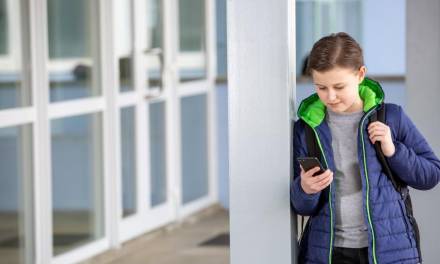Class and year bubbles are the new norm for schools this autumn.
Unlike the general public who are limited to 6 people, schools can have larger groups though are expected to keep these to a minimum.
This blog post provides top tips for doing this along with the latest bubble guidance.
Class and year bubbles explained
Small bubble groups of students have been the norm since schools returned to students in June – but as going back full-time edged closer, the idea of class and year bubbles was stipulated.
According to the Manchester Evening News:
While acknowledging that smaller bubbles helps to reduce the risk of transmission of coronavirus, the government says it also ‘restricts the normal operation of schools’.
In its guidance for how schools will reopen to full cohorts in autumn, the Department for Education says that because of the ‘educational and logistical challenges’ posed by the smaller bubbles, schools may need to ‘increase the size of these groups’.
The Department for Education states:
In secondary schools, and certainly in the older age groups at key stage 4 and key stage 5, the groups are likely to need to be the size of a year group to enable schools to deliver the full range of curriculum subjects and students to receive specialist teaching.
Benefits of class and year group bubbles
The benefit of class-sized and year group-sized bubbles is that it means your school can operate at full school capacity.
Though extending the number to more people increases the risk of transmission and therefore the risks of the numbers self-isolating this should be kept to a minimum.
But it means that you only have to teach the same lessons the same number of times as you did before and importance messages can be provided face-to-face.
Other changes due to Covid-19
Regular cleaning: All schools should undertake thorough cleaning of communal areas, including chairs and tables, sinks and other areas to prevent the virus being spread through touch.
Masks: In local lockdown areas in England as well throughout schools in Scotland, masks should be worn in communal areas to prevent airborne spread.
Sharing resources: Limited teaching resources (e.g. textbooks) should be shared between pupils.
Social distancing: Pupils should be kept apart where possible in class which should have been set out by schools in their prevention controls. Staggered start and finish times should be considered, and parents picking up pupils should be limited to the site and asked to social distance.
How EDClass can help with class and year group bubbles
EDClass is here to support in the event of a whole class or year group being forced to self-isolate.
With 11,000 lessons the online platform means education can continue even in the event of school closures.
Live and recorded lessons, teaching materials, tasks, quizzes, assessments and more can be completed online – and all attendance and performance of pupils can be tracked.
Safeguarding is also a fundamental of the system with eyes-on learning, questionnaires and alerts in operation. All EDClass staff are enhanced DBS checked.
Sign up for a free demonstration here.
To find out more, call 01909 568 338.









